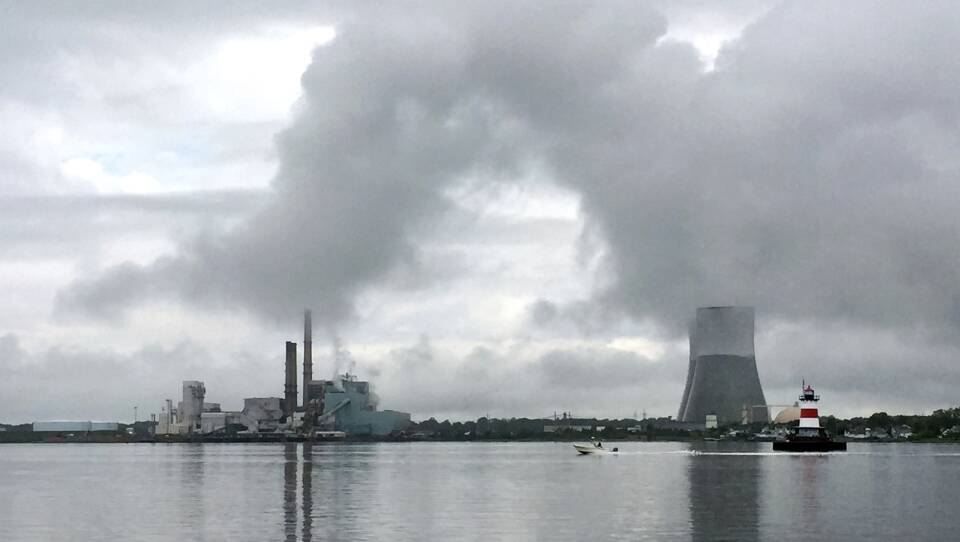The United States Supreme Court on Thursday limited the Environmental Protection Agency’s authority to regulate climate-changing greenhouse gas emissions for existing power plants.
The 6-3 ruling, with the conservative justices in the majority, explains that the Clean Air Act does not permit the EPA to implement any extensive emissions-reducing plans to transition away from coal to renewable energy sources. The agency tried to implement such plans during Barack Obama’s presidency.
“It's still understood that tackling climate change is part of the Environmental Protection Agency's purview,” said Julie McNamara, deputy policy director of the Union of Concerned Scientists. “But what it did do is make it much harder for the agency to do its job for the second-largest source of carbon emissions in our economy: the power sector.”
Though the EPA can still regulate power plant emissions, the agency is unable to require coal-fired power plants be replaced with cleaner, renewable sources of energy.
Five of the six New England states currently have climate laws in place, but states have been slow in turning those laws into actual rules to reduce emissions, said Bradley Campbell, president of the Conservation Law Foundation.
“We haven't seen action from the Baker administration to really meet the mandates of the current climate law,” he said. “Now that we're in kind of a lame duck period of the governor's term, it's really going to be incumbent on the next governor to very aggressively and very quickly act to implement the very strong climate laws Massachusetts has in place.”
Casey Bowers, executive director of the Environmental League of Massachusetts Action Fund, said that historically, air quality has been worse in overburdened communities and that this could be exacerbated, especially where there are power plants.
“We are not immune to pollution from other parts of the country,” she said. “This is not something that can be purely solved by Massachusetts. It certainly raises concerns that the pollution is going to get worse here due to the actions of other places.”
Following the Supreme Court ruling, the Massachusetts Executive Office of Energy and Environmental Affairs released the commonwealth’s Clean Energy and Climate Plan for 2025 and 2030. The plan includes two overarching approaches: to electrify non-electric energy uses and to decarbonize the electric grid.
“The CCP highlights the commonwealth's plans for 2025 and 2030 while maximizing the ability to realize a 2050 future in which the heat in our homes, the power in our vehicles and the state's electric grid can all operate with a minimum reliance on fossil fuels,” said EEA Secretary Beth Card.
McNamara said it's more important now than ever for climate leaders to keep pushing the envelope to show what’s possible.
“We've already seen such incredible gains from leaders all across the country, including Massachusetts, showing what's possible and all the rewards and benefits that can come from this clean energy transition. The jobs, the business development, the cleaner air, the lower pollution,” said McNamara. “This is a net positive and Massachusetts has shown it can be done.”
Produced with assistance from the Public Media Journalists Association Editor Corps funded by the Corporation for Public Broadcasting, a private corporation funded by the American people.








